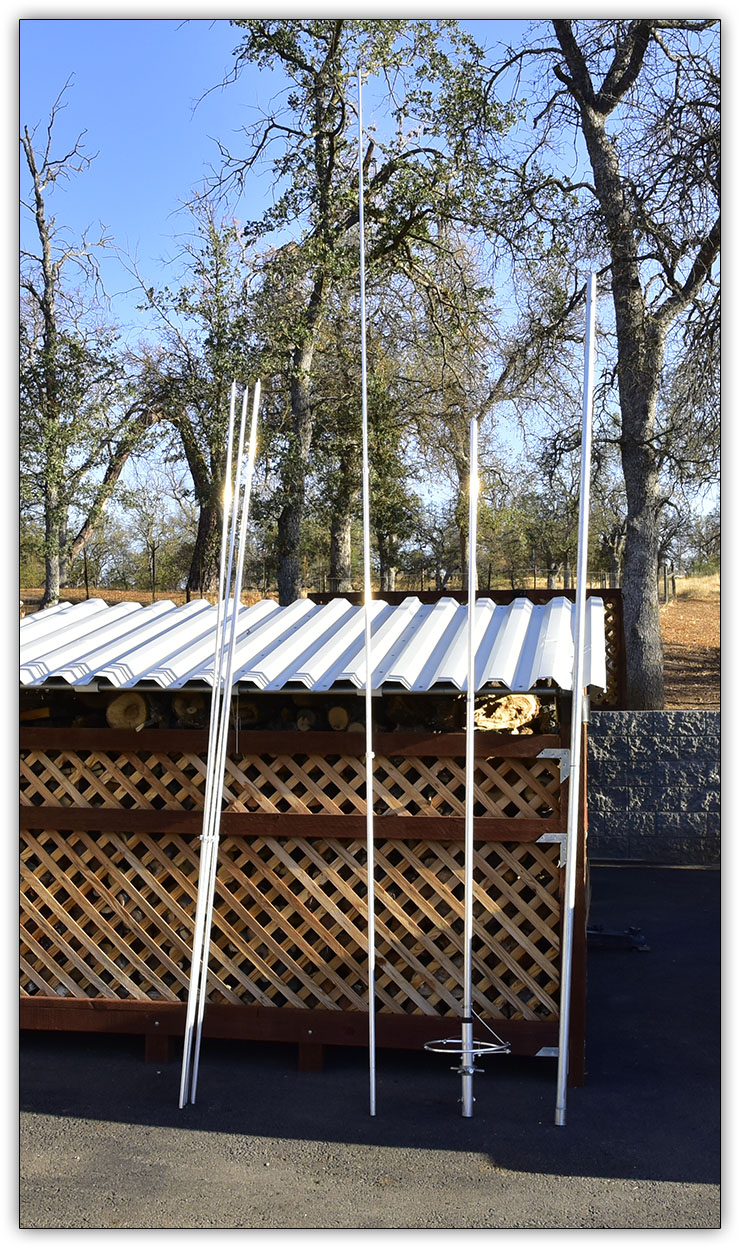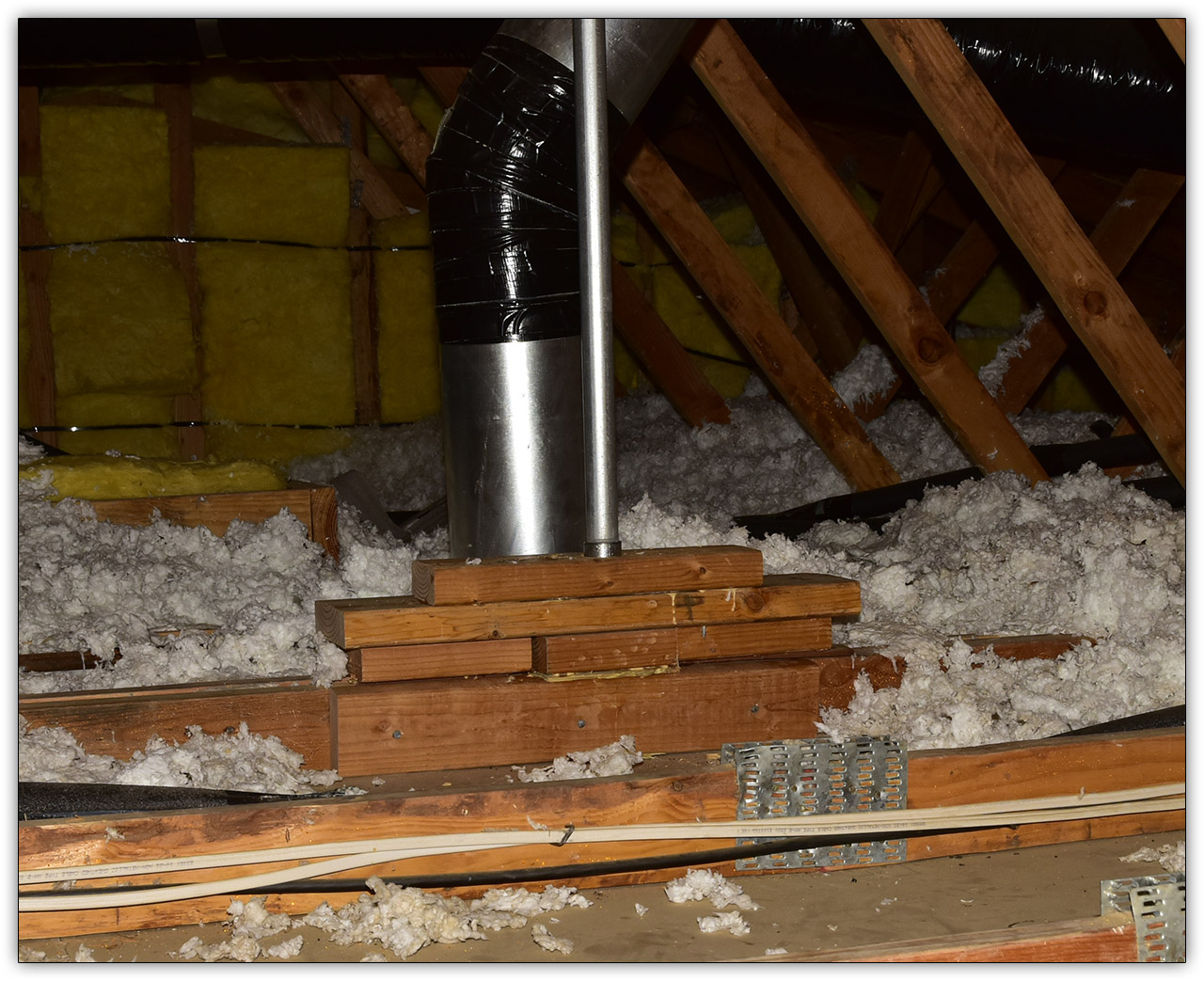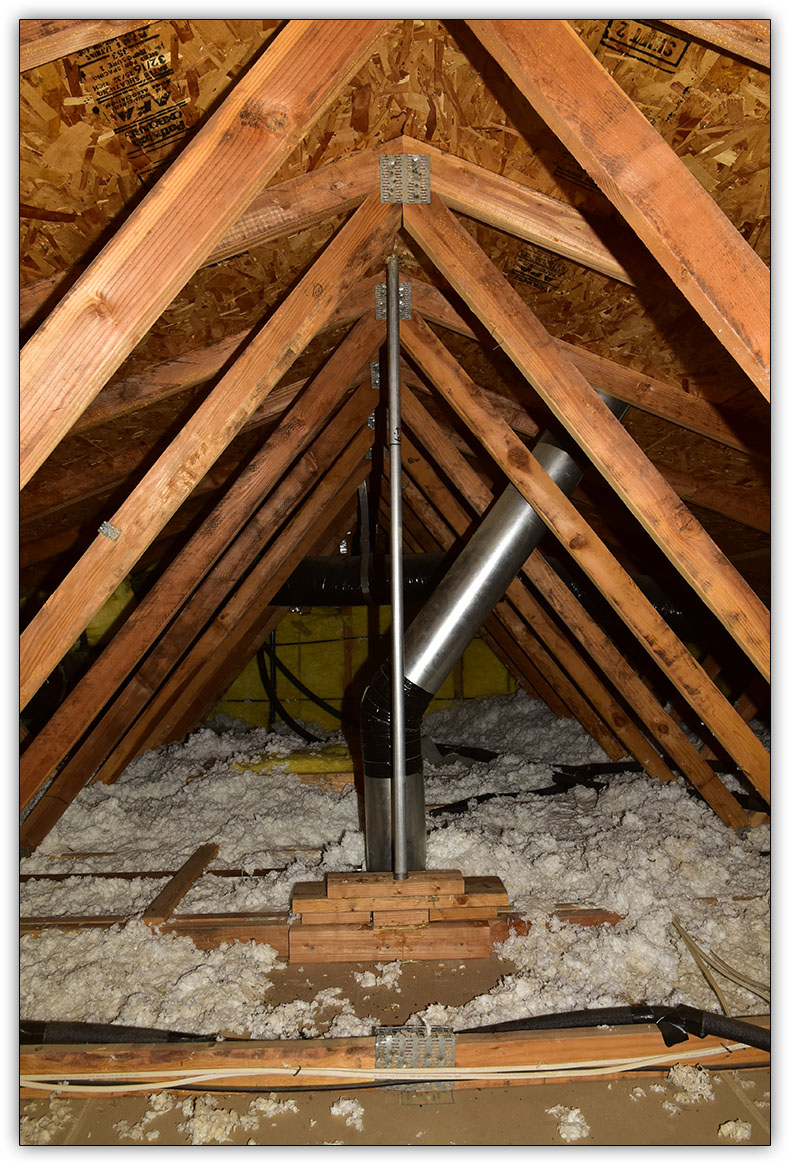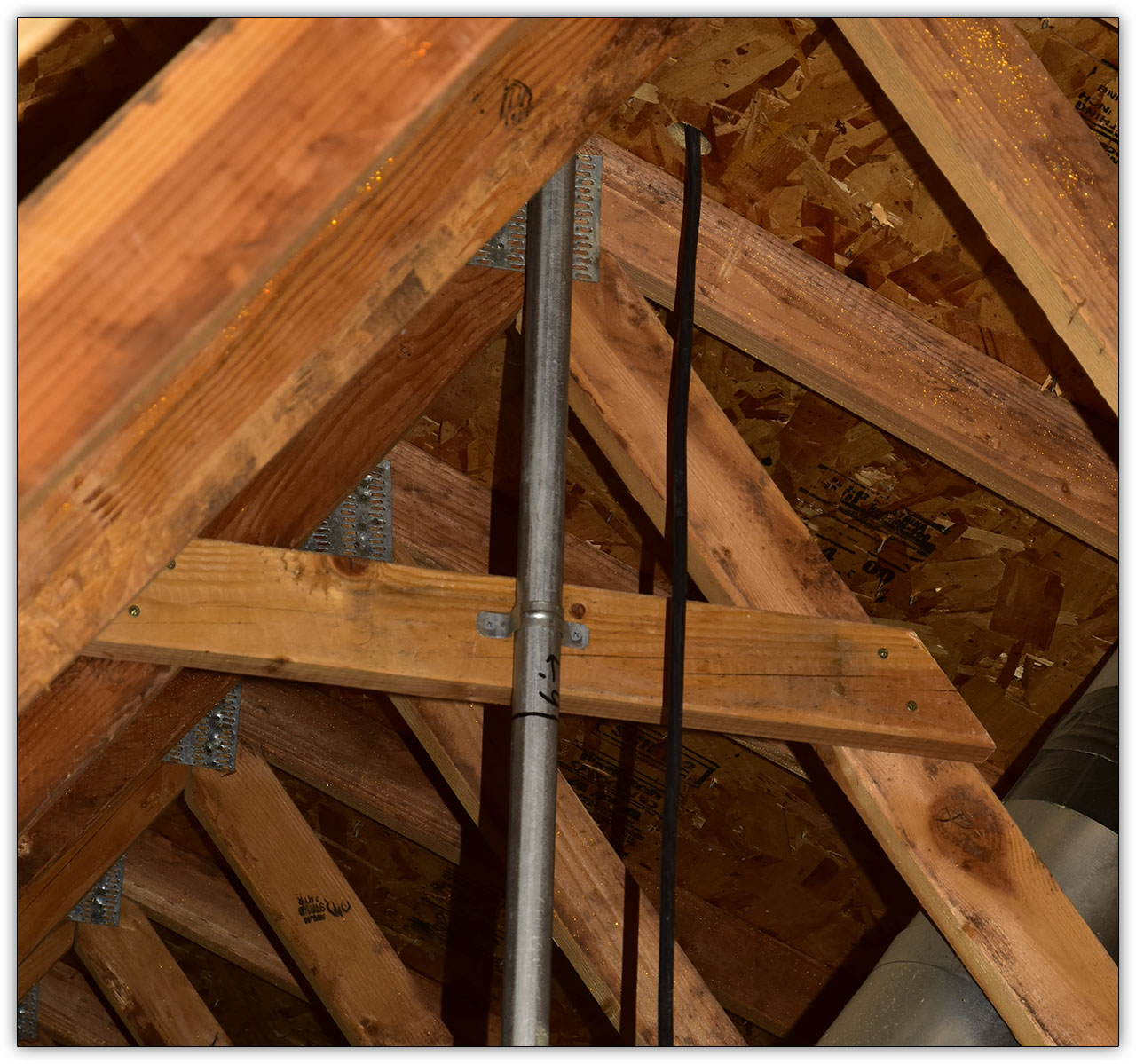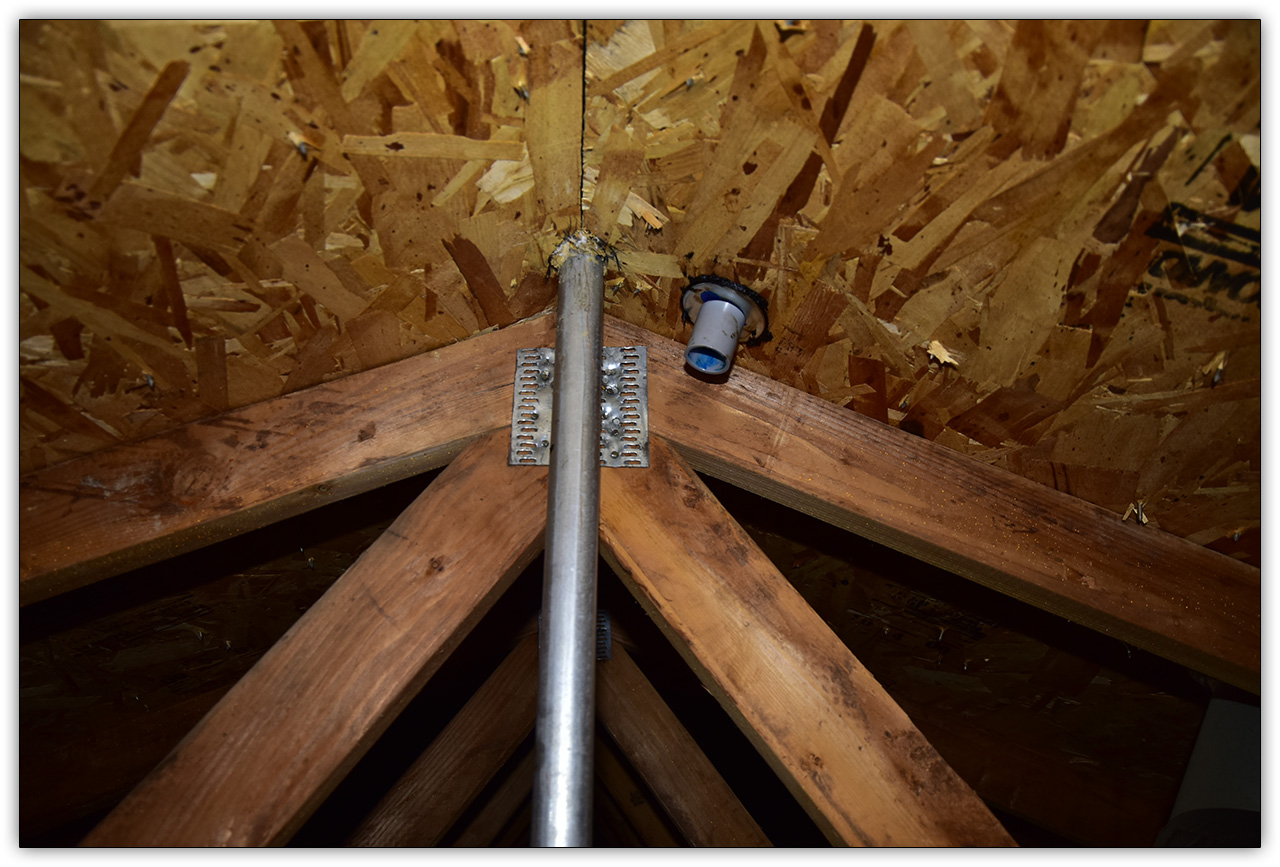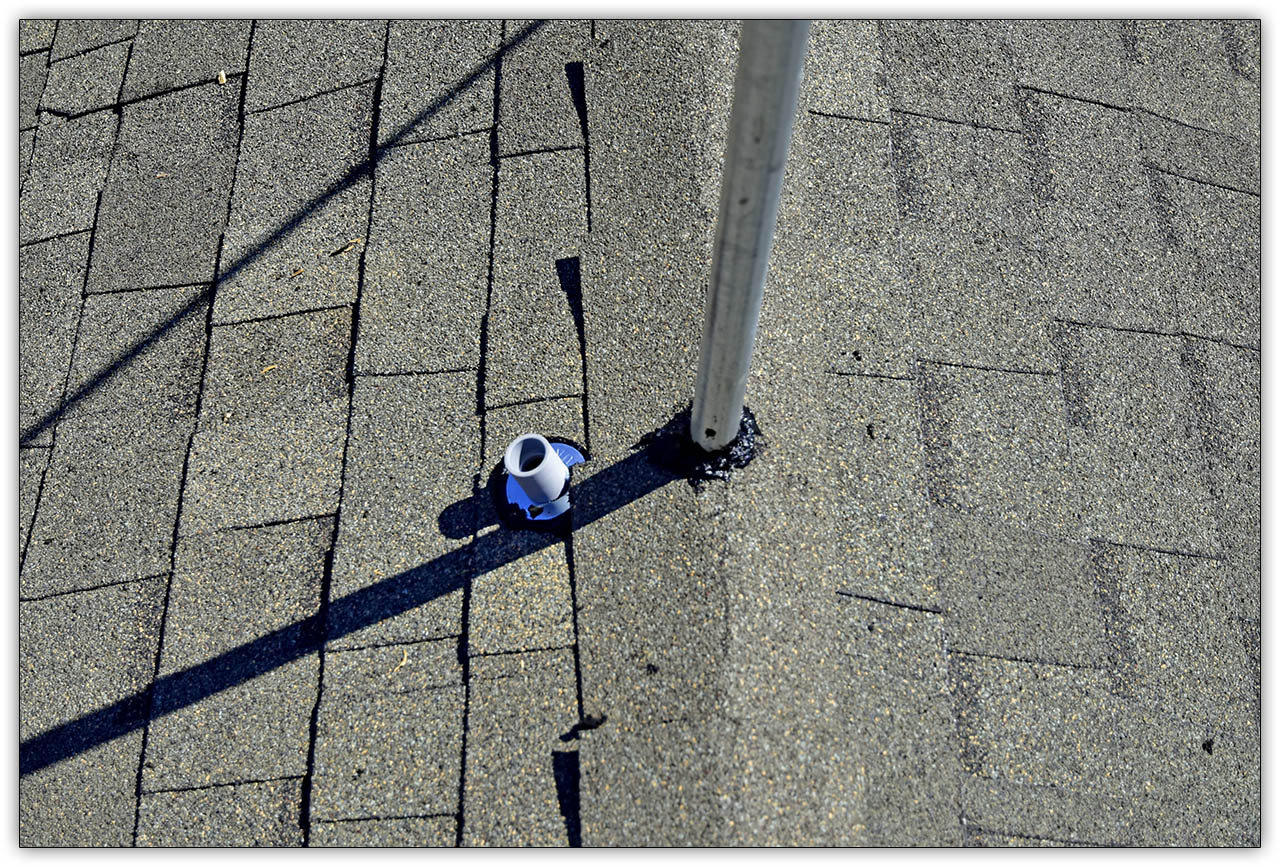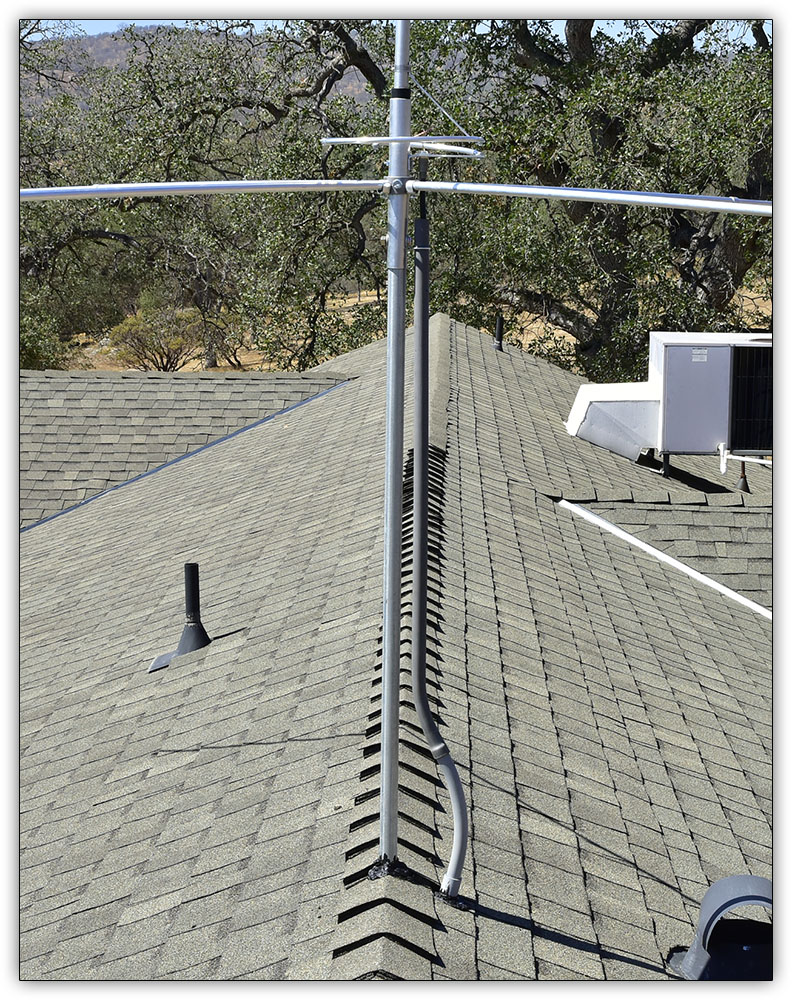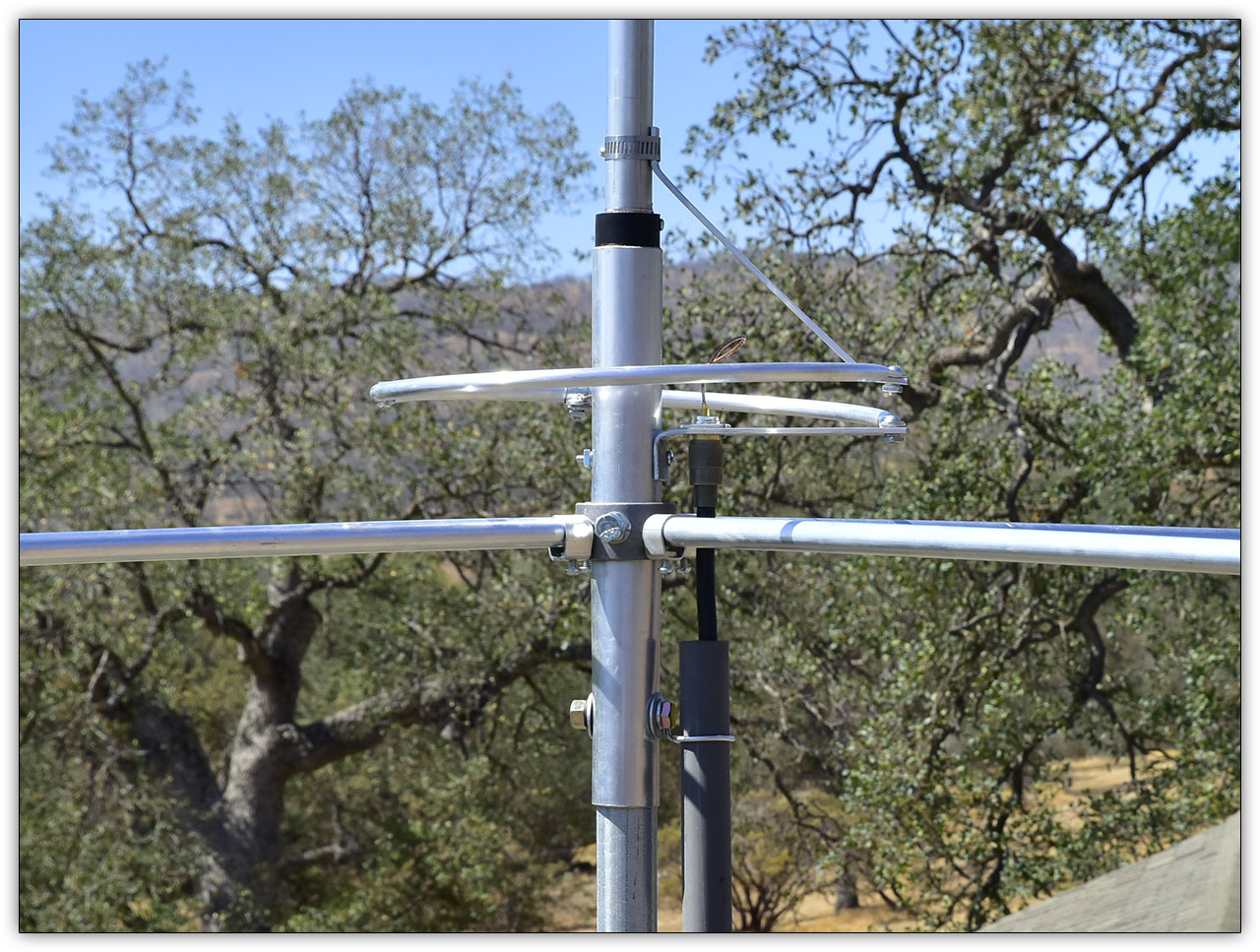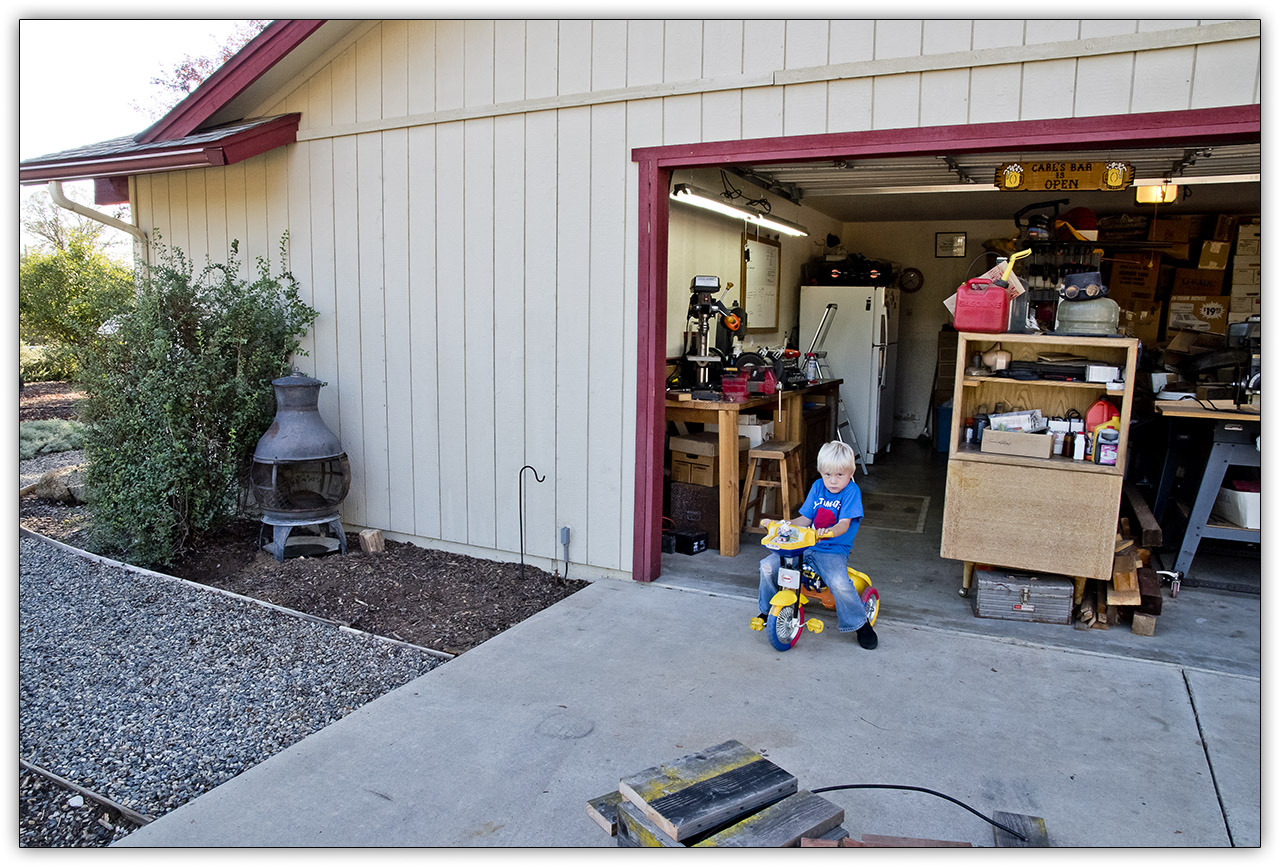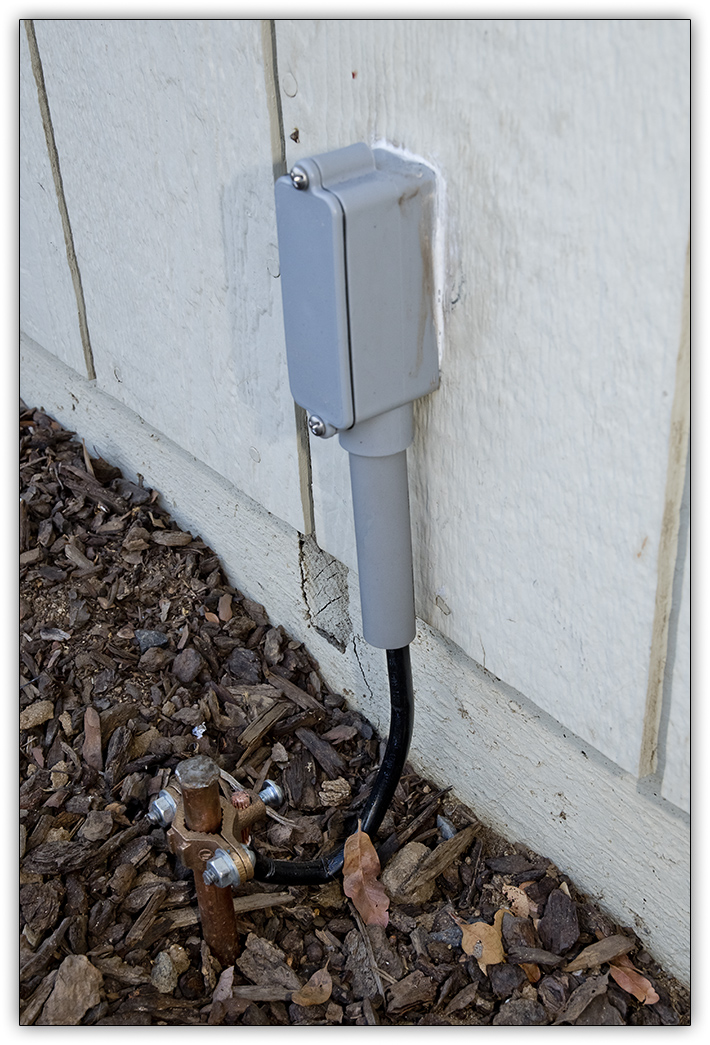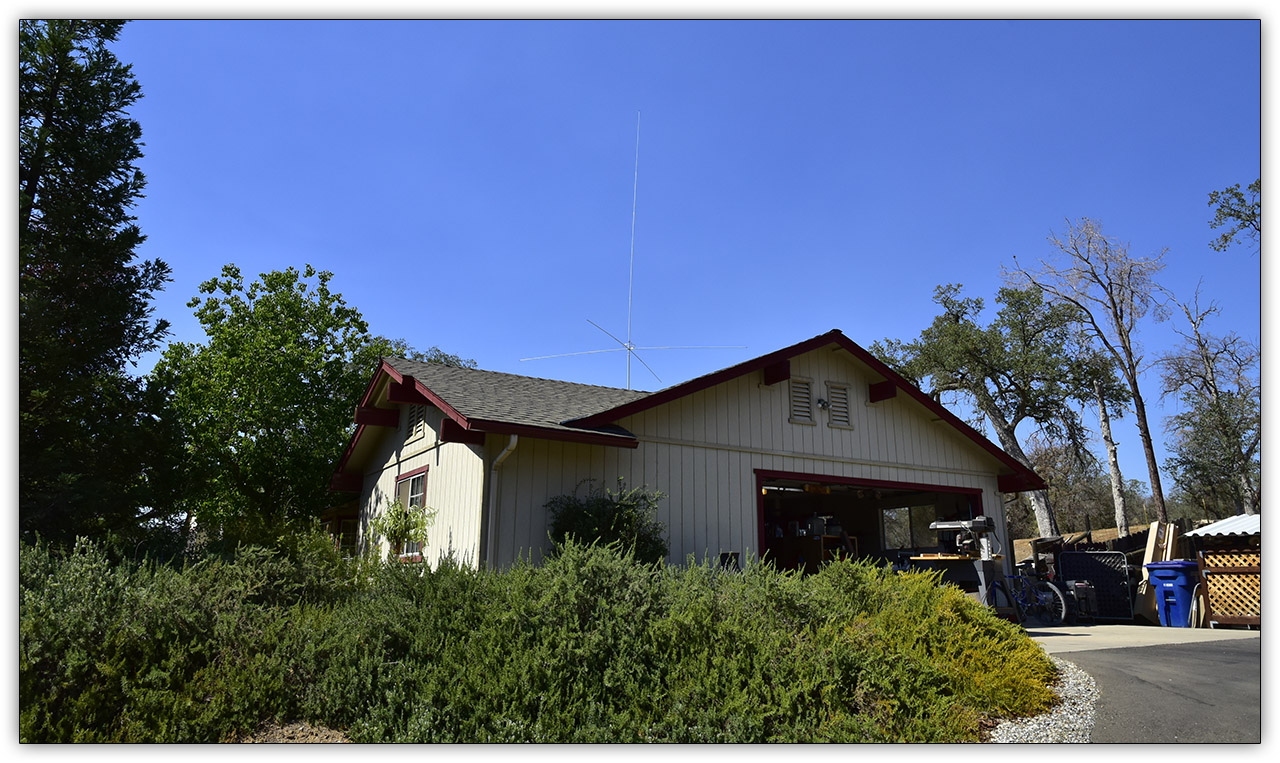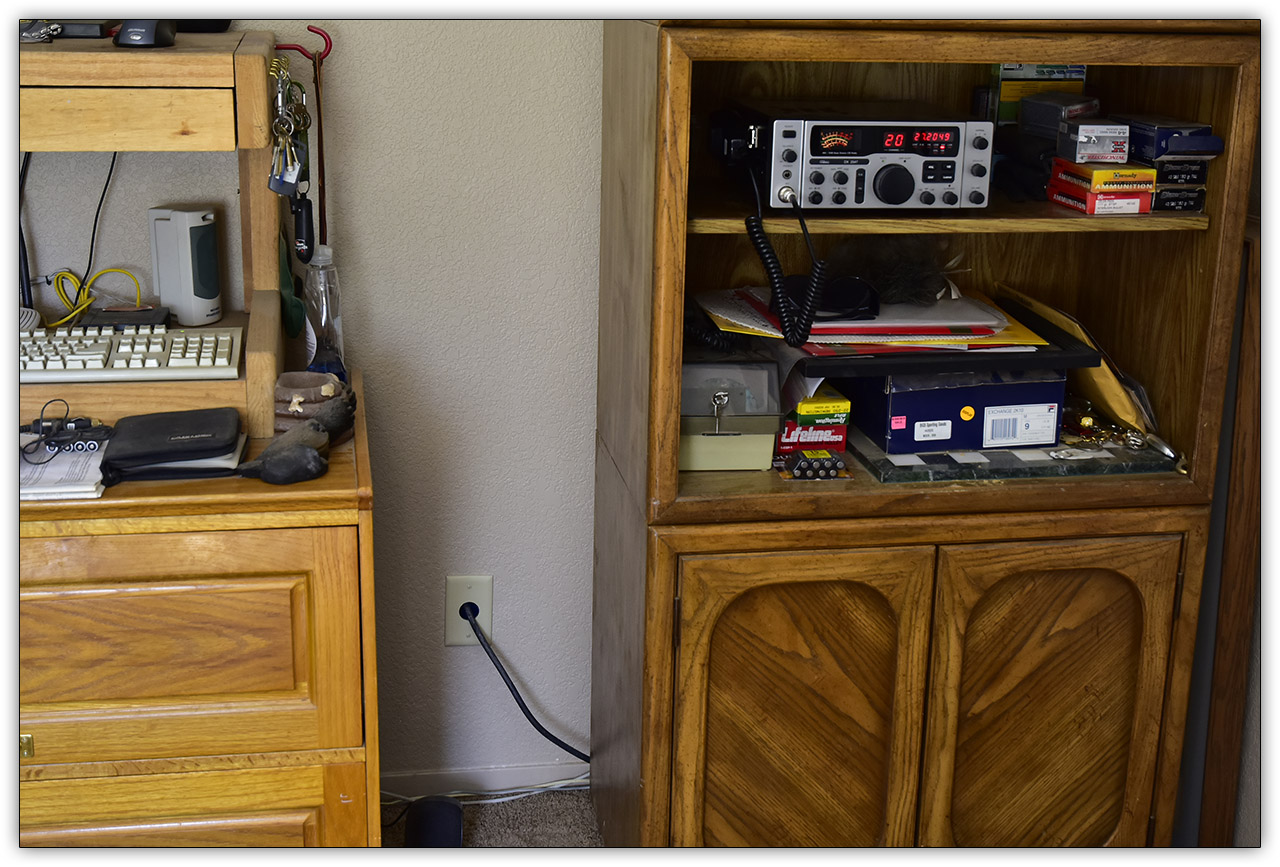

|
CB Base Station
About the Photo Sequence
Ever since the CB craze of the 1970's, I've wanted a CB/Side Band base station radio. I also think it would be fun in the River Knolls Neighborhood if other neighbors would join and get "on the airwaves". So I bought the antenna, coaxial wire, and radio. This documents the build.
|
Photo Details
This photo sequence contains 12 frames. Each frame is a finite 1280 pixels wide but height was left to its own based on the crop. I based the picture size on an email program's display window asuming that the picture would not be automatically resized to fit. This technique kept the file size down, the largest being just less than 490k making it easy to send and receive through email. All photos were taken with a Nikon D810.
Download Photo Project
|
|---|
